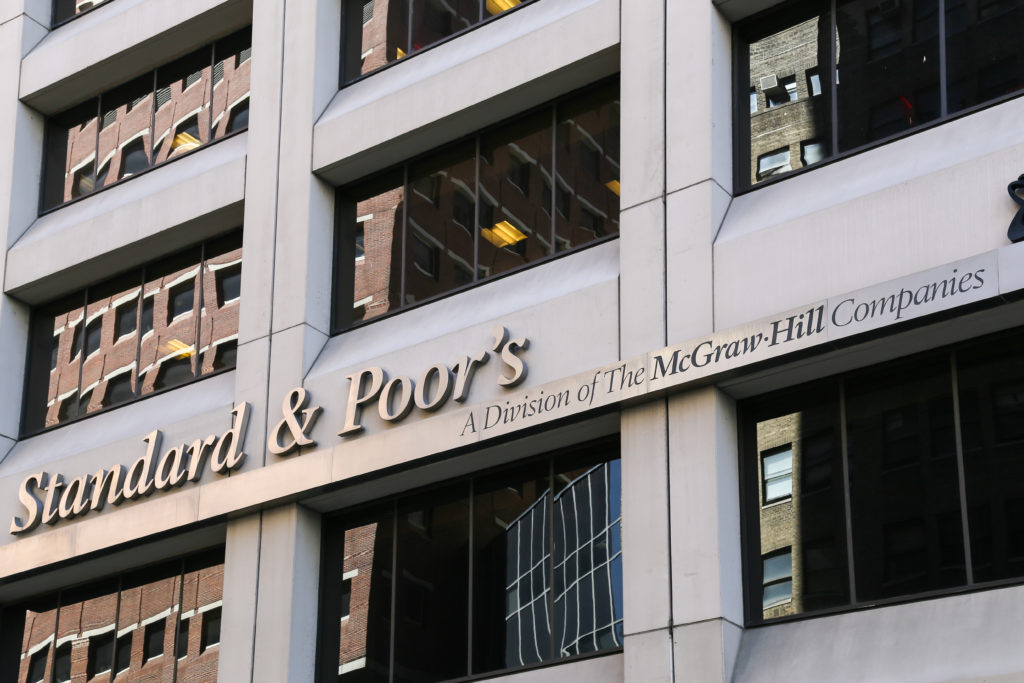Market Overview 2019 4th Quarter

More Than Meets the Eye
Despite persistent woes, the stock market rang in a new decade by finishing 2019 with its best showing since 2013.
Two Fed rate cuts and a partial suspension of China trade tariffs inoculated the market and paved the way for an 8.5% gain for the fourth quarter and contributed to a 28.8% gain for the year.
There is always more than meets the eye, however, when assessing the market.
The primary propellant for the market in 2019 was the Federal Reserve, not economics. This means, valuations increased but the value did not. During the year, each time the market threatened to decline, due to shaky economics, the Fed promptly signaled a stimulus in the form of more money printing. Never before has the government overtly exerted such influence on the stock market.

In 2018, we remember the market fell by 20% in the fourth quarter. That shaves the market’s progress to10.43% since September of 2018. Furthermore, the S&P 500 is only up 12.54% for the two years tracing back to January of 2018. You can see from the chart that the market’s gain is more muted when the 2018 losses are erased.
A deeper examination reveals another paradox for the market. The economy actually sputtered in 2019 and earnings growth became scarce. GDP growth slowed from 3% in 2018 to below 2% and corporate earnings growth was actually flat. (FactSet)
The quintessential example is Apple stock. Sales at the world’s largest company actually fell marginally in 2019 and earnings failed to grow. Yet valuation soared as Apple shares almost doubled. Amazon, Microsoft, and Disney also experienced decelerating sales and earnings and their shares also shrugged off this concern. Other examples abound.
The Fed, accompanied by the President will likely continue their collective efforts to press the market higher in 2020. There is a decent chance this will be successful in the short term but we worry and remain prepared for circumstances to change.
Can the Market Stand on its Own without Fed Rate Cuts?
Investors are counting on earnings to improve in 2020. Apple cannot remain at 300 with no sales growth. The issue for investors is whether the market can sustain itself without further Fed stimulus. Wall Street strategists anticipate the market to creep higher in 2020 with an average forecasted gain of 6%.

Peregrine Strategy
Microsoft and Proctor Gamble both benefit from a rising market but represent different kinds of stocks. Microsoft is a recognized market darling. Earnings are projected to grow 13% this year. Proctor Gamble, the consumer products company, is less of a favorite. It is anticipated to grow at 9% this year. Microsoft shares are up 85% in two years. Proctor Gamble is up 40% in the same period.
Despite the stellar performance of Microsoft, we happen to favor stocks like Proctor Gamble going forward because they benefit from an inflating market but retain a defensive characteristic that can be supportive to client accounts in a market decline. With PG, we count on less volatility and more reliable growth.
PG, along with conservative investments such as food companies continue to be cornerstone holdings for client accounts. These companies are beneficiaries of technology and innovation, which could spark pleasant earnings surprises.
Although a recession is less likely than it appeared last summer, we still monitor a recession checklist in order to be appropriately positioned during what we expect will be a volatile year.
Dan Botti
Portfolio Manager
1/16/20
Click to Download the Market Overview PDF
Past performance is no guarantee of future results. Investment management involves the possibility of losses. The significant general stock market moves up and down can influence the performance of client portfolios. Composite returns are based on client portfolios of over $100,000. Not all clients are included in the composites. All returns include the reinvestment of dividends. All returns are net of fees. Composite returns are derived from aggregated, time-weighted returns for clients of Peregrine Asset Advisers. Individual client returns can deviate from the composite returns. While Peregrine uses the S&P 500 as a benchmark, Peregrine does not attempt to mimic the structure of this index. Individual client portfolios vary. The number of securities held also varies per client.
Peregrine Asset Advisers ● 9755 SW Barnes Rd. Suite 295 ● Portland Oregon 97225
503.459.4651 ● 800.278.1420 ● www.peregrineaa.com

